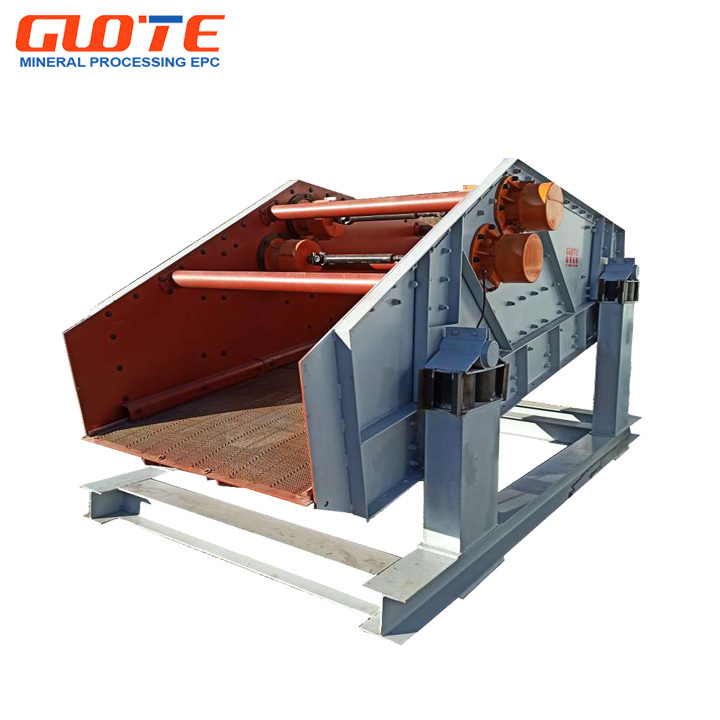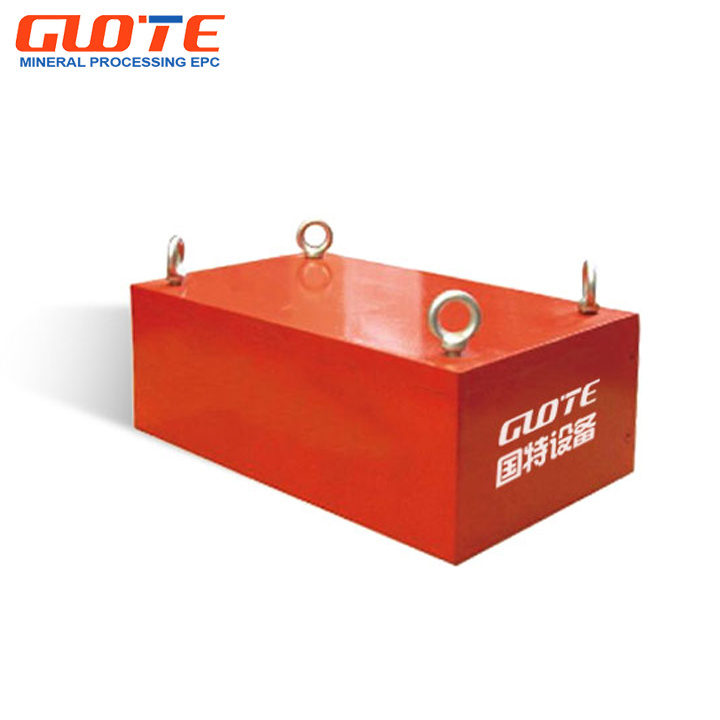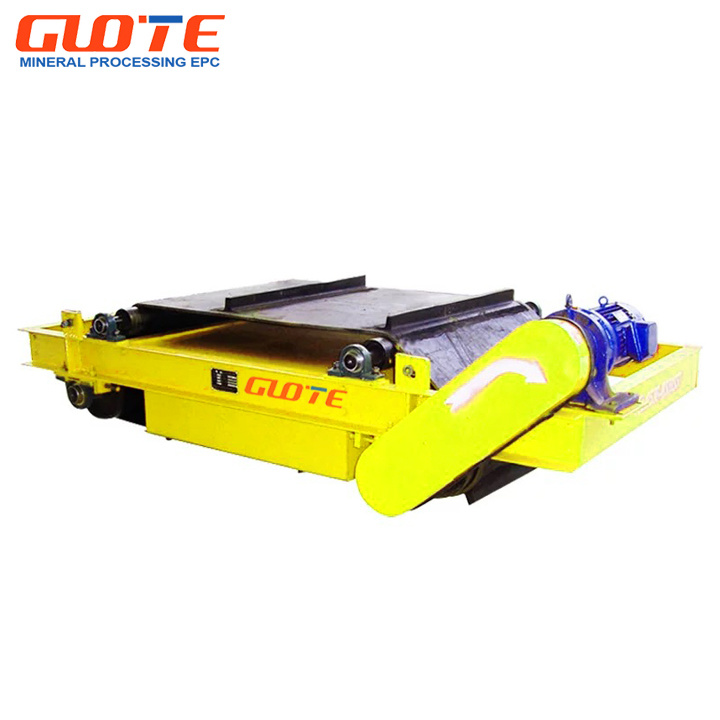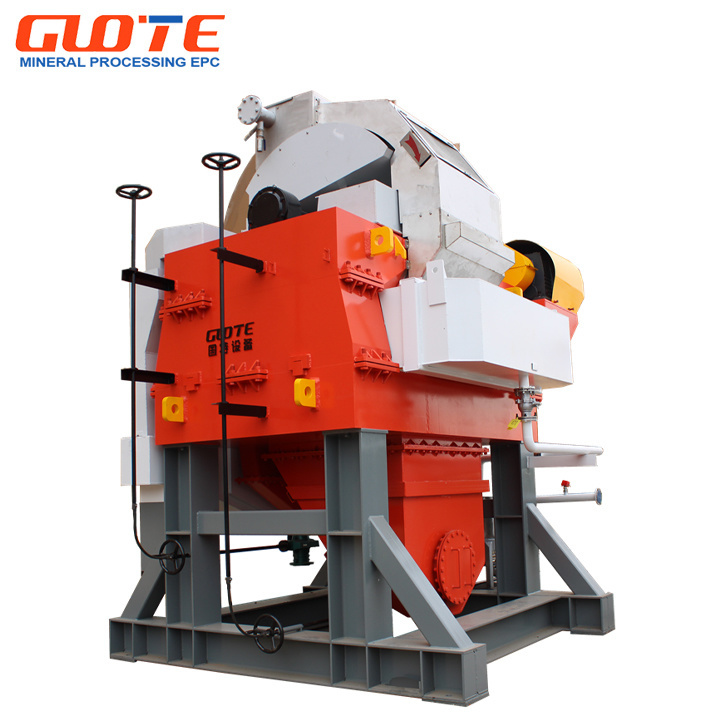Innovative Techniques in Quality Dry Type Quartz Slab Sand Making Line
Innovative Techniques in Quality Dry Type Quartz Slab Sand Making Line
Table of Contents
- Introduction to Dry Type Quartz Slab Sand Making
- Importance of Quality in Quartz Slab Production
- Overview of the Sand Making Process
- Innovative Techniques in Quartz Sand Making
- Material Selection for Optimal Results
- Advanced Machinery in Quartz Processing
- Role of Automation in Efficiency
- Quality Control Measures in Production
- Addressing Environmental Concerns
- Case Studies of Successful Implementations
- Conclusion
- Frequently Asked Questions
Introduction to Dry Type Quartz Slab Sand Making
The demand for high-quality quartz slabs has surged in recent years, driven by their versatility and aesthetic appeal. As a preferred material for countertops, flooring, and various architectural applications, quartz slabs require an advanced manufacturing process. The **dry type quartz slab sand making line** is a revolutionary approach that enhances the quality and efficiency of slab production.
This article delves into the innovative techniques utilized in this process, exploring everything from material selection to cutting-edge machinery. Our goal is to provide you with comprehensive insights into the methods that are transforming the quartz manufacturing landscape.
Importance of Quality in Quartz Slab Production
In an industry where aesthetic quality and durability are paramount, the significance of high-quality quartz slabs cannot be overstated. Quality impacts not only customer satisfaction but also the longevity and performance of the finished product.
**Key Factors Influencing Quality:**
- **Material Purity:** The purity of quartz sand directly affects the final product's strength and appearance.
- **Manufacturing Techniques:** Innovative techniques can lead to improved adhesion and surface finish.
- **Quality Control:** Rigorous testing and control measures ensure consistency and reliability.
Investing in quality is crucial for manufacturers aiming to establish a strong market presence and achieve customer loyalty.
Overview of the Sand Making Process
The dry type quartz slab sand making process involves several critical stages, each designed to ensure the highest quality output. The main steps include:
1. **Raw Material Collection:** Sourcing high-purity quartz sand.
2. **Crushing and Screening:** Reducing the material size and removing impurities.
3. **Mixing and Homogenization:** Combining quartz sand with resins and additives.
4. **Molding and Curing:** Forming slabs and allowing them to harden.
5. **Finishing:** Polishing and cutting the slabs to specifications.
Each stage must be meticulously engineered to ensure efficiency and quality.
Innovative Techniques in Quartz Sand Making
Innovation is at the heart of the modern quartz slab manufacturing process. Below are some of the key techniques that have emerged in recent years.
Material Selection for Optimal Results
Selecting the right materials is the cornerstone of producing high-quality quartz slabs. Innovations in sourcing and processing have led to the identification of superior quartz sands.
**Factors to Consider:**
- **Purity Levels:** Higher purity sands yield better transparency and color consistency.
- **Grain Size Distribution:** Optimal grain sizes enhance bonding with resins and improve slab durability.
By focusing on these attributes, manufacturers can significantly enhance the quality of their final products.
Advanced Machinery in Quartz Processing
The advent of advanced machinery has transformed the quartz sand making line. Key innovations include:
- **Vertical Shaft Impact Crushers (VSIs):** These machines provide efficient crushing with minimal dust generation, preserving the quality of quartz sand.
- **High-Performance Mixers:** These ensure uniform mixing of quartz sand with resins, improving slab consistency.
- **CNC Machines for Precision Cutting:** These machines allow for accurate cuts and designs, enhancing the aesthetic appeal of finished slabs.
Investing in state-of-the-art machinery can lead to increased production rates and superior product quality.
Role of Automation in Efficiency
Automation plays a pivotal role in optimizing the quartz slab manufacturing process. Implementing automated systems can lead to:
- **Reduced Labor Costs:** Automation minimizes the need for manual labor, allowing for a leaner operation.
- **Enhanced Process Control:** Automated systems provide real-time monitoring, ensuring consistent quality and minimizing errors.
- **Increased Production Rates:** Automation enables round-the-clock operations, leading to higher output.
Integrating automation into the manufacturing line is essential for staying competitive and meeting growing market demands.
Quality Control Measures in Production
Quality control is critical in ensuring that each batch of quartz slabs meets the highest standards. Effective quality control measures include:
- **Material Testing:** Regular testing of raw materials for purity and composition.
- **Process Monitoring:** Continuous monitoring of production parameters to identify and rectify deviations.
- **Final Inspection:** Conducting thorough inspections of finished slabs to check for defects.
Implementing a robust quality control framework helps maintain product consistency and enhances customer satisfaction.
Addressing Environmental Concerns
As the manufacturing industry grows, so do the environmental challenges associated with it. The quartz slab production process must adopt **sustainable practices** to mitigate its ecological impact.
Key strategies include:
- **Waste Reduction:** Employing recycling methods for excess materials and minimizing waste generation.
- **Energy Efficiency:** Utilizing energy-efficient machinery to reduce carbon footprints.
- **Water Conservation:** Implementing systems to recycle water used in production processes.
By prioritizing sustainability, manufacturers can not only improve their environmental footprint but also appeal to eco-conscious consumers.
Case Studies of Successful Implementations
Several companies have successfully integrated innovative techniques in their quartz slab sand making lines, setting benchmarks for the industry.
**Example: Company A**
Company A adopted advanced VSI technology in its crushing process, resulting in a 30% increase in production efficiency while improving the quality of the quartz sand used.
**Example: Company B**
Company B integrated an automated mixing system that reduced mixing time by 50% and significantly improved the uniformity of the final product.
These case studies demonstrate the tangible benefits of embracing innovation in the quartz slab manufacturing process.
Conclusion
The landscape of quartz slab manufacturing is evolving rapidly, driven by innovative techniques and technologies. Emphasizing quality, efficiency, and sustainability is essential for manufacturers aiming to thrive in this competitive industry. By adopting advanced machinery, optimizing material selection, and integrating automation, companies can produce high-quality dry type quartz slabs that meet and exceed market expectations.
Investing in these innovative approaches not only enhances product quality but also positions manufacturers as leaders in the quartz slab market.
Frequently Asked Questions
1. What is a dry type quartz slab sand making line?
A dry type quartz slab sand making line is a manufacturing process that produces high-quality quartz slabs by utilizing advanced techniques and machinery, focusing on efficiency and product quality.
2. Why is material selection crucial in quartz slab production?
Material selection is vital because the purity and quality of quartz sand directly influence the strength, appearance, and overall quality of the finished slabs.
3. How does automation improve quartz slab manufacturing?
Automation improves efficiency by reducing labor costs, enhancing process control, and increasing production rates through continuous operation.
4. What role does quality control play in quartz slab production?
Quality control ensures that each batch of slabs meets rigorous standards, helping maintain consistency and customer satisfaction.
5. How can manufacturers address environmental concerns in quartz production?
Manufacturers can adopt sustainable practices such as waste reduction, energy efficiency, and water conservation to minimize their environmental impact.
By focusing on these innovative techniques and strategies, manufacturers can significantly improve their quartz slab production processes, resulting in high-quality products that cater to growing market demands.
quality Dry type quartz slab sand making line
Previous Page
Previous Page
Related Products
Related News






